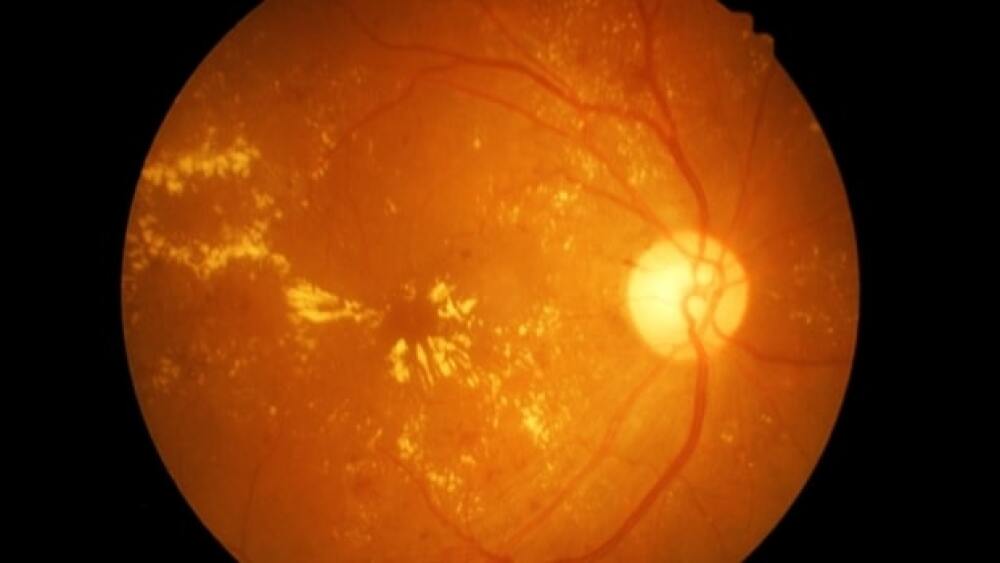The therapy is a one-time, outpatient, intravitreal (into the eye) injection to preserve eyesight in patients with geographic atrophy.
Janssen Pharmaceutical, a Johnson & Johnson company, bought the rights to Hemera Biosciences’ gene therapy HMR59. The therapy is a one-time, outpatient, intravitreal (into the eye) injection to preserve eyesight in patients with geographic atrophy. Geographic atrophy is a late-stage, severe type of age-related macular degeneration (AMD).
“Geographic atrophy is a devastating form of AMD that impacts the ability to accomplish everyday tasks, such as reading, driving, cooking, or even seeing faces,” said James F. List, Global Therapeutic Area Head, Cardiovascular & Metabolism, Janssen Research & Development. “Our aim with this novel, single-administration gene therapy is to use our development expertise and deep heritage in vision care to help improve patient outcomes by intervening early, halting the progression to blindness, and preserving more years of sight.”
AMD patients often have low levels of CD59, a protein that protects the retina from damage caused by the body’s natural complement immune response. In geographic atrophy, complement overreacts and destroys cells in the macula, the central part of the retina that handles central vision and fine details. This causes a “relentless progression to blindness.”
The gene therapy, HMR59, increases the ability of retina cells to manufacture a soluble form of CD59. This helps prevent more damage to the retina and preserves eyesight.
Geographic atrophy affects about five million people around the world. It is the leading cause of blindness in people over 50 years of age.
No financial details were released. HMR59 is a Phase I therapy, where it was successful, and is currently in a second Phase I evaluation in patients with wet AMD who are having follow-up visits to evaluate long-term safety.
Gene therapy for eye diseases is trending. The first was Luxturna, from Novartis and Spark Therapeutics for retinal degeneration the result of mutations in the RPE65 gene. It was approved in 2017. Roche acquired Spark in 2019.
In July, Biogen and Harvard University’s Massachusetts Eye and Ear inked a licensing deal to develop treatment for inherited retinal degeneration caused by mutations to the PRPF31 gene, which are the most common causes of autosomal dominant retinitis pigmentosa. Earlier work at the Ocular Genomics Institute at Harvard Ophthalmology led by Eric A. Pierce indicated that adeno-associated virus (AAV)-mediated gene augmentation therapy for PRPF31 can restore normal function to PRPF31 mutant RPE cells.
Allergan is also working on a therapy for autosomal dominant retinitis pigmentosa, which the company received when it acquired RetroSense Therapeutics in 2016 for $60 million. Another company, Iveric Bio, is developing Zimura (avacincaptad pegol) for geographic atrophy.
Eye diseases are something of low-hanging fruit when it comes to gene therapies, because they can be directly administered to the eye, not systemically. Systemic gene therapies typically require being processed by the liver, which becomes a much more complicated mechanism of action and delivery.
“At Janssen, we pursue the best science to uncover transformational treatments that meet patient needs, which often means pioneering the solution,” said Mathai Mammen, Global Head, Janssen Research & Development, Johnson & Johnson. “This is especially the case with gene therapy and late-stage eye diseases where the paths are largely uncharted. Through this acquisition, we are blazing the trail to bring innovative solutions to patients who are losing their vision.”





